How Technologies for Grocery Stores Are Transforming the Retail Shopping Experience
Our Clients
Committing to the success of our clients around the world
In 2025, technologies for grocery stores have ceased to be an experimental add-on and have become the infrastructure on which pricing, assortment, and customer loyalty are built. The store is no longer divided into the “sales floor” and “back office”: data from shelves, warehouses, and the loyalty mobile app merge into the cloud, and algorithms instantly influence store operations, enabling low costs while maintaining a high level of service.
Grocery Store Technologies in 2025
An end-to-end digital ecosystem connects ERP, IoT sensors, AI analytics, and mobile services. The shift manager can see real-time shelf stock, courier movement, and ad campaign conversion rates, while dynamic e-ink price tags update the price of strawberries across the chain if demand forecasts indicate a risk of write-offs
Key Trends Transforming the Industry
The main catalyst has been the cashier-free “Grab & Go” model. Computer vision cameras detect exactly what the shopper takes from the shelf, and gates automatically charge the linked loyalty app card upon exit. The average visit time is cut nearly in half, and former cashiers are retrained as consultants who help customers find promotional goods and encourage impulse purchases.
Electronic price tags have evolved into mini screens of a retail media network: brands pay to display ads directly on shelves, while stores match views to SKU sales, gaining up to five percent additional margin. Nighttime scanning robots photograph aisles, read barcodes, check refrigerator temperatures, and send a report to the merchandiser before the shift starts.
The ESG agenda has accelerated the widespread adoption of energy-efficient refrigeration systems with heat recovery: warm air from under the freezers heats the warehouse, reducing electricity costs by nearly a quarter. At the intersection of logistics and marketing, “dark zones” within stores are emerging—small cells where robots assemble online orders without disturbing offline shoppers, increasing sales density per square meter.

Growth Factors for Grocery Store Technologies
The financial impact of implementation is visible not only in P&L but also in reduced employee stress: as routine actions are automated, store operations become more predictable and KPIs are distributed transparently.
Modern Stock and Inventory Tracking
Out-of-stock items break the sales chain, so On-Shelf Availability control has reached almost 100% accuracy. RFID tags track every box movement, weighted shelves transmit actual balances, and cameras detect when only four facings remain instead of six.
As soon as the minimum stock threshold is violated, the merchandiser receives a push notification, and the system additionally analyzes the “warehouse–truck–supplier” chain to identify the real cause of the shortage. If a heatwave is forecast, the algorithm automatically increases the recommended beverage order; if long holidays are ahead, it boosts the volume of meat semi-finished products.
The list of key benefits speaks for itself:
-
RFID reduces inventory errors nearly to zero and speeds up counting more than tenfold.
-
Computer vision triggers restocking requests before a shopper notices an empty shelf.
-
ERP auto-reordering eliminates human error, reducing perishables write-offs by 8–12%.
-
The OOS dashboard clearly highlights bottlenecks—logistics, under-delivery, or unconfirmed orders—and suggests solutions.
As a result, turnover increases, and funds previously “frozen” in excess inventory return to circulation.

AI-Based Tools for Staff and Processes
The workday no longer starts with a paper checklist but with an app where tasks are prioritized, the route through the store is mapped, and a reference photo of the display is attached. The employee takes a picture—an algorithm highlights SKUs that violate the planogram and suggests optimal placement. AR glasses visualize where the product should be moved, reducing new-hire training to a few hours.
At the same time, a route optimizer reduces mobile team mileage by 15–20%, and an HR chatbot answers routine questions about schedules and vacations, freeing up managers. Five-minute micro-courses are built right into the app: between repricing and display tasks, an employee completes a module on allergenic ingredients and immediately takes a mini-test.
The results are impressive: time spent on the sales floor decreases by a third, reporting errors almost disappear, and staff turnover drops—because the interface feels like a social app, not a clunky spreadsheet. This approach turns grocery store technologies into a daily digital assistant rather than “just another complex program.”
Security and Monitoring Systems
Security has become intelligent: video analytics, ESL, and POS logs are connected into a unified platform that detects theft, barcode substitution, or price tag manipulation in real time. The camera records suspicious actions, the algorithm compares the electronic display price with the POS transaction, and if there’s a discrepancy, security receives the frame, shelf coordinates, and status “detain customer pending clarification.”
Temperature and humidity sensors protect the fresh zone: if a refrigerator goes out of range, the system blocks the sale of potentially unsafe goods and automatically calls a technician.
The multilayer architecture includes:
-
Video analytics detecting theft in seconds and preserving evidence.
-
ESL tags preventing checkout at incorrect prices.
-
Environmental sensors protecting perishable quality and CO₂ levels.
-
A shrinkage dashboard dividing losses by theft, spoilage, and mismatch, offering targeted actions.
This integrated system reduces losses by tens of percent and strengthens trust: the shelf price and receipt always match, and product quality is guaranteed.
Enhancing the Customer Experience
Shoppers primarily notice convenience. Electronic price tags display current prices and allergen lists; an AR map in the app plots the route by shopping list, highlighting promotions right in the smartphone camera. The cashier-free checkout “sees” the basket contents, while biometric payment removes queues.
AI-calculated personalized coupons increase the average basket size without intrusive spam, and smart refrigerators ensure the freshness of fruits and vegetables even during peak hours.
Using Data for Better Decisions
Data from ERP, CRM, cameras, and the mobile app are collected in the cloud. ML models manage dynamic pricing, adjusting prices hourly; demand forecasts factor in weather and local events, and “what-if” scenarios estimate campaign profits before launch. A/B testing compares two planograms across store groups, scaling the better one, while auto-alerting notifies managers when KPIs deviate, giving them time to respond.
Success Stories
 Allis
Allis
 Coca Cola
Coca Cola
 Perfetti Van Melle
Perfetti Van Melle
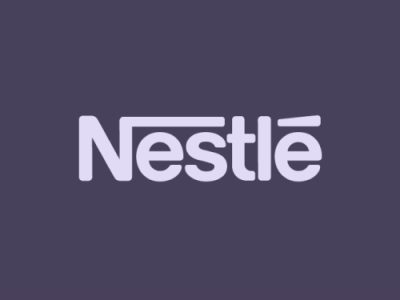 Nestle
Nestle
 Danone
Danone
 Mars
Mars
 Tarweej
Tarweej
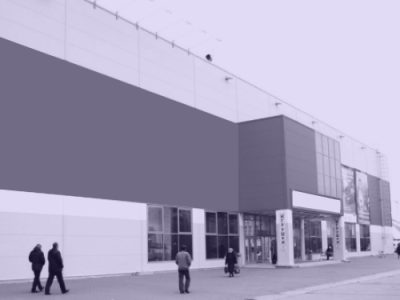 TOP 3 Retail Chain
TOP 3 Retail Chain
 Global Retail Corporation
Global Retail Corporation
 World’s Leading Manufacturer
World’s Leading Manufacturer
 Global FMCG Brand
Global FMCG Brand
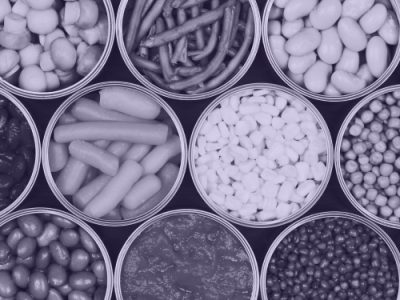 Leading Food Manufacturer
Leading Food Manufacturer
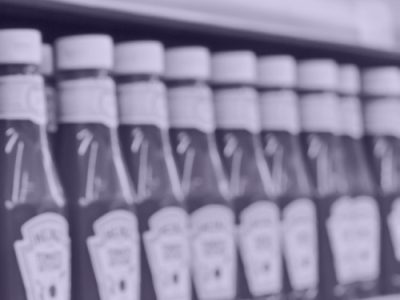 Global Food Manufacturer
Global Food Manufacturer
 Global Coffee Manufacturer
Global Coffee Manufacturer
 Major Spirits Producer
Major Spirits Producer
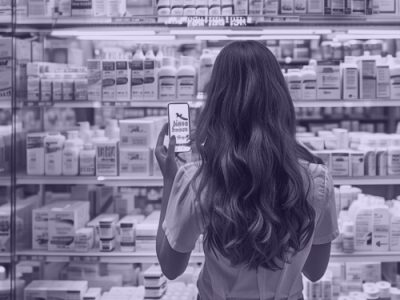 Global Pharmaceutical Brand
Global Pharmaceutical Brand
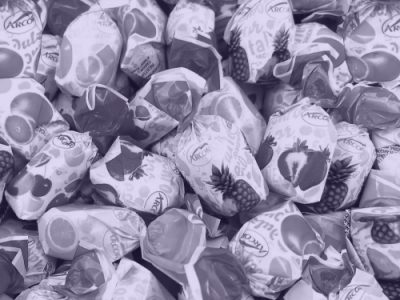 Leading Food Manufacturer
Leading Food Manufacturer
 Global FMCG Brand
Global FMCG Brand
 Leading Food Manufacturer
Leading Food Manufacturer
 Leading Spirits Producer
Leading Spirits Producer
 Major FMCG Brand
Major FMCG Brand
 Major Coffee & Tea Manufacturer
Major Coffee & Tea Manufacturer



















